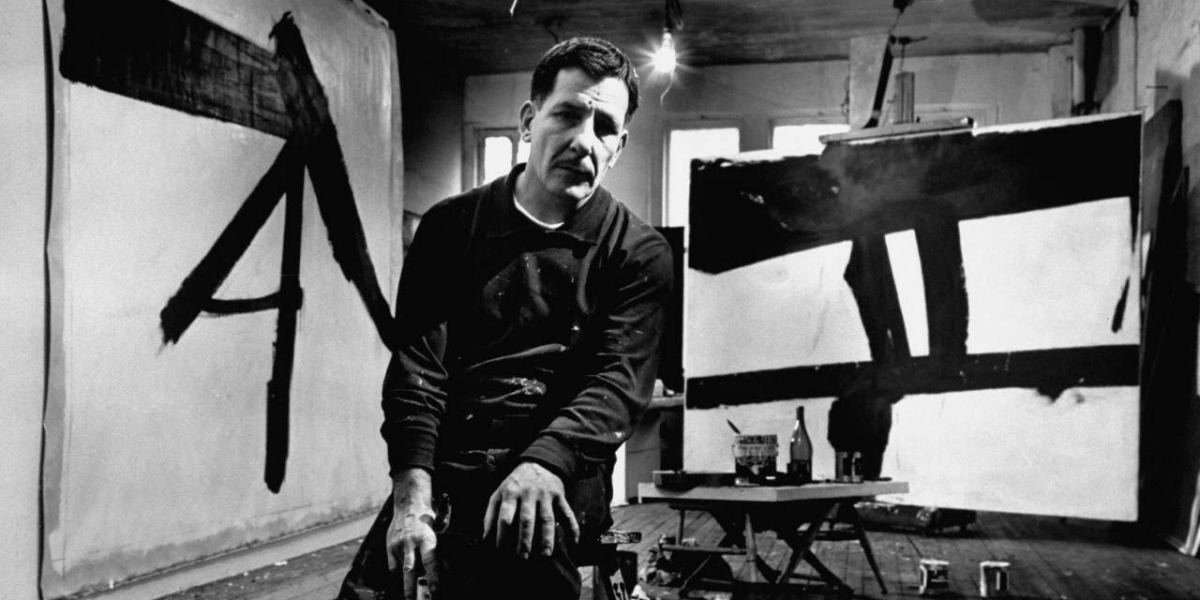
Franz Kline
Franz Kline (American, 1910–1962) was a painter born in Wilkes-Barre, Pennsylvania. He first studied art at Boston University from 1931 to 1935, and then in London at the Heatherley School of Art from 1937 to 1938, where he concentrated on illustration and drawing. Kline began his career as a painter in New York after leaving London, depicting urban landscapes and other subjects with a naturalistic technique. Influenced by Willem De Kooning, he turned towards abstraction in his work at the end of the 1940s. He later became a member of the New York School, a group of Abstract Expressionists who formed a circle in the 1940s and 1950s, including amongst others artists such as Jackson Pollock, Mark Rothko or Robert Motherwell. Though he experimented with color throughout his career, Kline is best known for his paintings executed in Black-in-white tones, as well as for his spontaneous, gestural style.
While his paintings often seemed to be the outcome of an intuitive, intense moment, they were carefully planned, as his sketches display. In the late 1950s Kline sought to further develop his style; after experimenting with more complex forms and moving away from the clear-cut, black-and-white paintings he was known for, he produced a series of large works he called “wall paintings” at the beginning of the 1960s. He also reintroduced color into his work, which he had already done to a more subtle degree in the mid-1950s. When Kline died at the age of 51 in 1962, his search for a new artistic language was still somewhat undecided. He is regarded, however, as one of the most inventive members of the Abstract Expressionist group, and exerted a great influence on the second generation of gestural painters. Kline received widespread international recognition following his participation in shows such as the documenta II and III in 1959 and 1964 in Kassel, Germany, and in the Venice Bienniale in 1960. His work is held in many museum collections, including those at the Solomon R. Guggenheim Museum and the Museum of Modern Art in New York, and at the Tate Collection in London.
Credit Artnet.com





